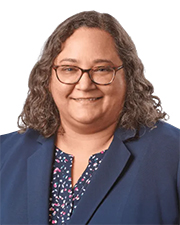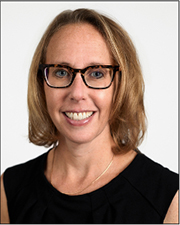How makerspaces promote 21st Century learning - by Brooke Trivas
Schools have historically been inflexible silos of disconnected learning. In the 20th Century they were focused on teaching children according to what the world already knew, as opposed to teaching skills like problem solving for any situation. The world has changed. With the rise of a service economy driven over the industrial economy we’ve seen an emphasis on information, knowledge and innovation instead of manufacturing. With this shift, students must be prepared for a world where businesses work differently and have new organizational drivers.
How are schools meeting the needs of the service economy? Schools must prepare students to be innovators, nurturing critical thinking and problem solving, curiosity and imagination. Engaging students through hands-on learning is one step in the right direction.
The maker movement is in line with these ideals, a concept that comes out of the German technology hacker community in the 1970s and later gave birth to companies like Apple. As maker culture has grown and developed, physical spaces that encourage making, hacking, learning and collaborating have followed – called fab labs, innovation spaces, hacker spaces, DIY and makerspaces, these terms are interchangeable and reference a space where hands-on, collaborative learning is encouraged. For educators, these spaces offer a way to reengage students in STEM subjects and promote active and engaged learning. At Perkins+Will, we’ve worked with Chestnut Hill’s Brimmer and May School to design flexible innovation space that encourages self-directed, interdisciplinary learning and prepares students for the 21st Century workforce.
Makerspaces come in all shapes and sizes, but above all they serve as places for people to gather and share knowledge, work on projects and network. They support interdisciplinary experimentation and learning, and have qualities of a lab, shop, library and conference room. As architects, we look to design spaces where maker culture and ideals can flourish to create environments that aid in the development of a 21st Century student: a global, collaborative, strategic thinker.
Brooke Trivas, practice leader and associate principal, Perkins+Will, Boston.
Atlantic Property Management expands facilities maintenance platform: Assigned two new facility management contracts in RI


New Quonset pier supports small businesses and economic growth - by Steven J. King

Connecticut’s Transfer Act will expire in 2026. What should property owners do now? - by Samuel Haydock

Tenant Estoppel certificates: Navigating risks, responses and leverage - by Laura Kaplan


 (1).png)








 (1).png)
